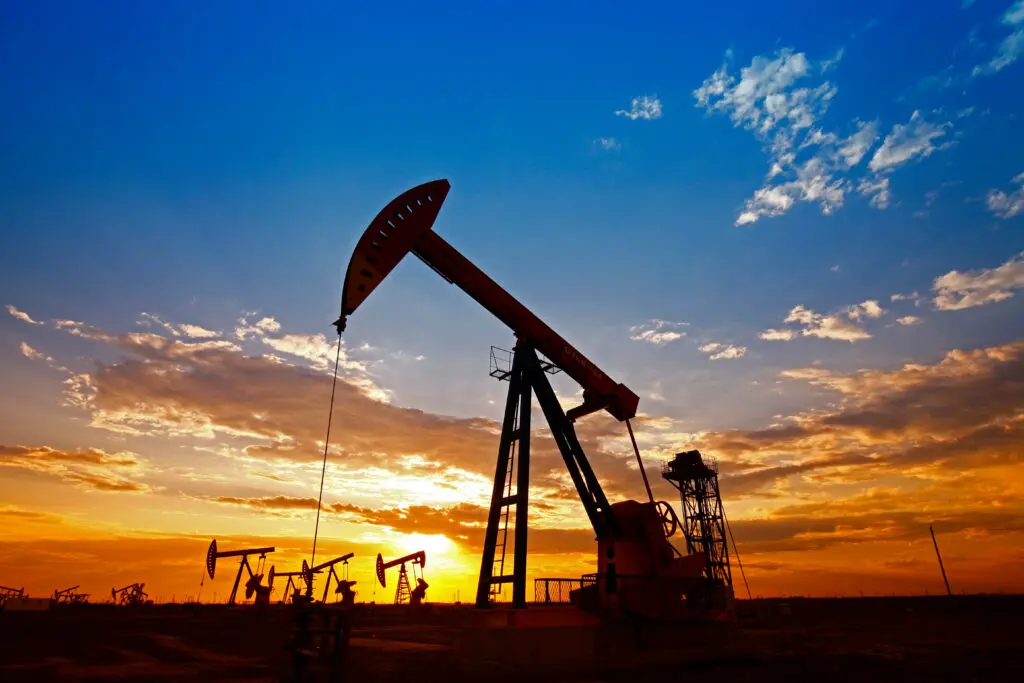What is SEO
SEO stands for Search Engine Optimization. In a nutshell, it’s the act of making your website and its content to perform better and drive higher quality traffic to your site in greater quantities. When someone uses a search engine to search for a keyword, a results page pops up with a list of sites. The order in which a site is listed is based on the site’s SEO. As a result, sites with better SEO rank higher. If you want your site to be listed first, you can improve your site’s SEO in two ways:
- Onsite: By regularly using your website to publish fresh, original content on a specific topic, you’ll rank higher. If you own an oil and gas drilling company, for example, you can start to establish your site as an online authority by publishing regular blog posts on rig maintenance tips or critical issues facing drilling activity.
- Offsite: You make search engines happy when other websites link back to your site. When other websites link to your blogs, or when people share your posts on social media, you have a better chance of moving up the ranks in search results.
The role of SEO in Oil & Gas
As an owner of an oil and gas company, you’re trying to position yourself as a leader in your field. In the spirit of leadership, you can reach your clients when they seek to answer questions online. The terms they type into a search engine are called, “keywords.” To optimize your site’s SEO, your goal is to identify these keywords and use them to create blog posts, white papers, or articles. Engineers and leaders in technical industries are most likely to conduct their research online. If you know the answers to their questions, you can use this knowledge to create SEO-friendly and compelling content that markets your services.
The ultimate tip for winning at SEO is knowing how your potential clients search for information. Learn the unique specifics about your target market and your ideal customer, and then use a marketing SEO tool, like Google Keywords Planner, Google Trends, Moz, Keyword Tool.io, etc., to research the keywords they search. Let’s say you’re a tech company with a remote monitoring system for rigs and you’re targeting oil fields in Texas. You may want to include keywords such as “remote rig monitoring in Texas for oil & gas engineers”. With this search string have the product + location + the industry target. These “longtail” keywords are specific and speak directly to people with unique problems you can solve.
Another strategy is to use a marketing tool, like SEMrush, to research the keywords being used by your competitors. These tools offer you the ability see which keywords are used the most, which in turn allows you to improve your own site’s SEO performance and move above your competitors in search results.
Armed with the most popular search keywords, you can start writing blogs, social media content, and more using the language of your oil & gas clients. Remember to tell stories with your content and include images and videos. Content with visuals is a powerful way to educate your client and connect with different generational audiences.
Plan to spend around 20% – 30% of your marketing budget on digital marketing efforts. Use different social media platforms – LinkedIn, Facebook, Twitter, and even Pinterest – to build your brand, share your content, connect with clients and engage curious browsers. With SEO optimized content, your digital audience will be more likely to repost this information on different networks or share your blogs with decision makers that their company. By meeting oil & gas clients at the “search step,” you’ll establish yourself as a reliable leader in the field and quickly pull clients into your sales funnel.
Ready to take your business to the next level? Contact us. We’re here to help.

